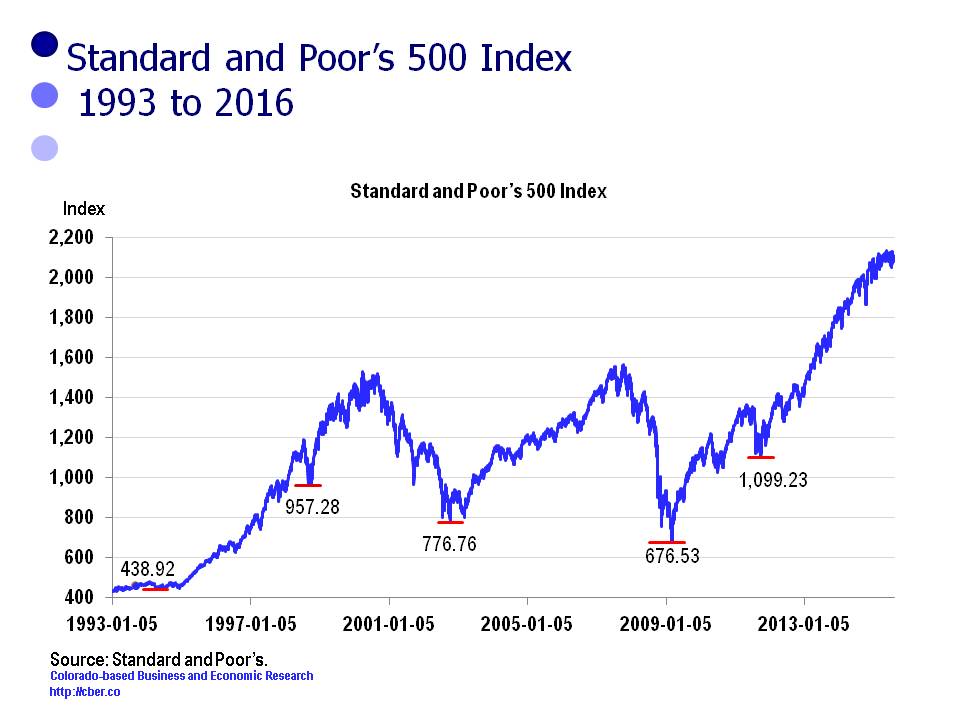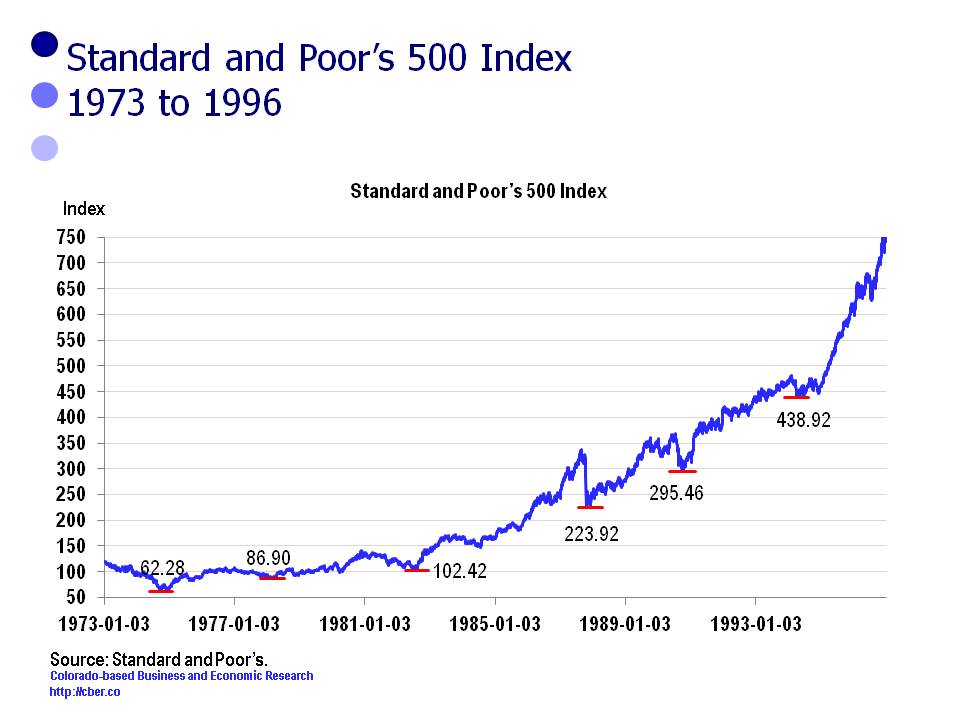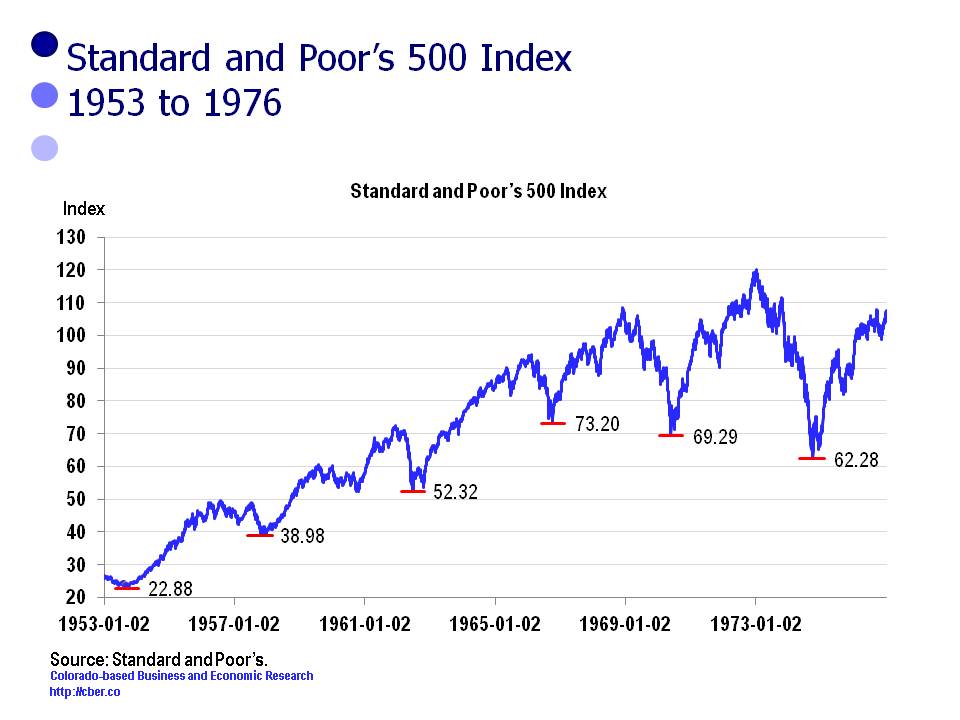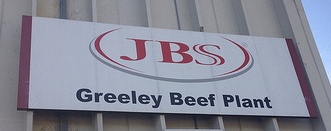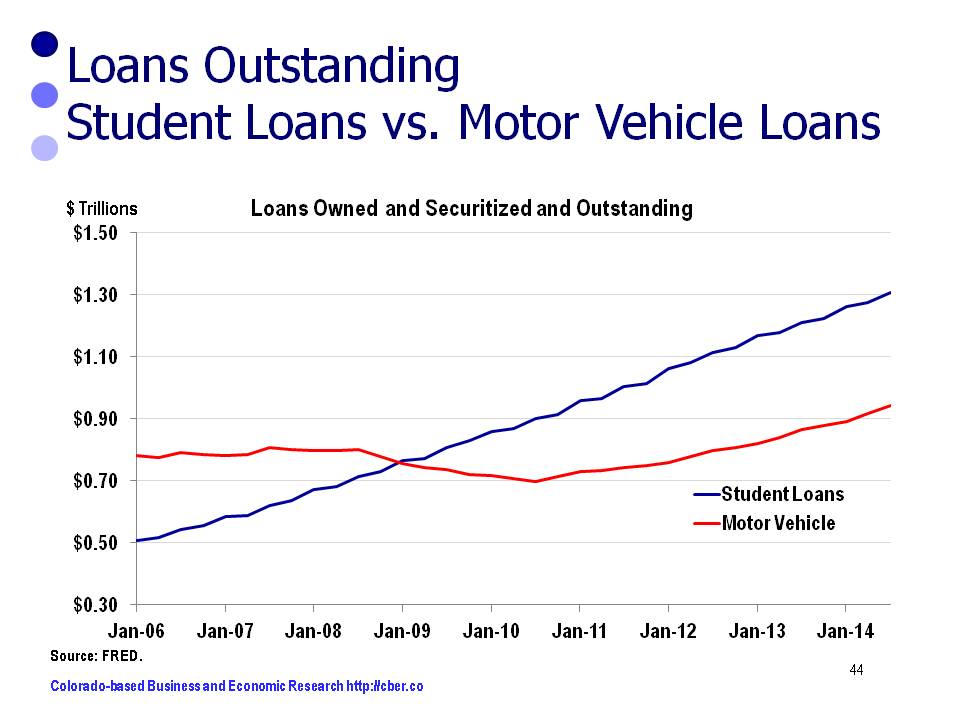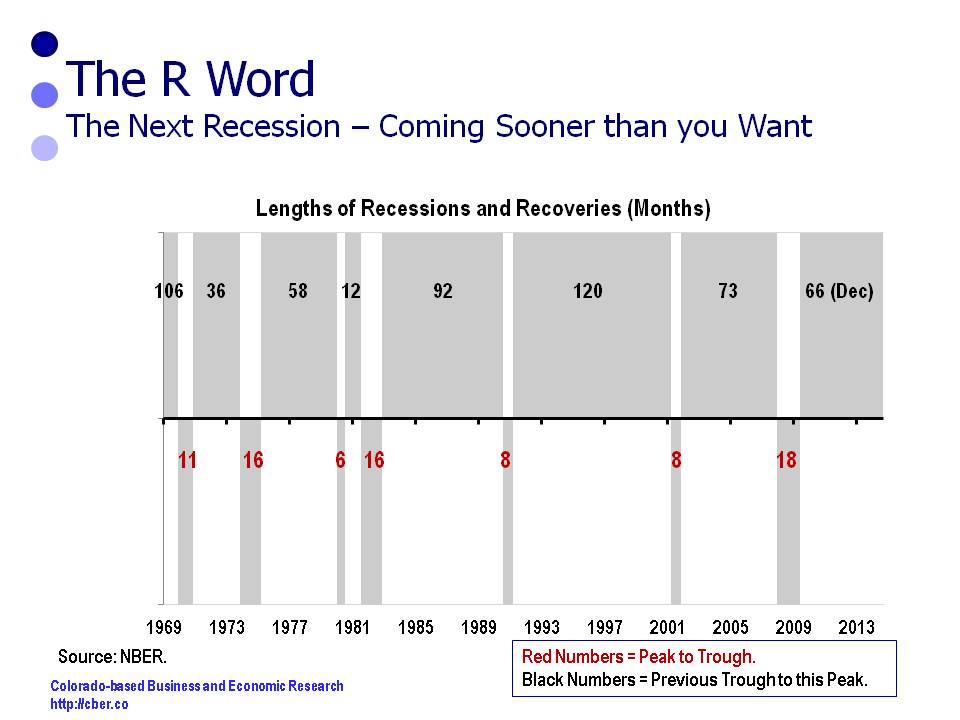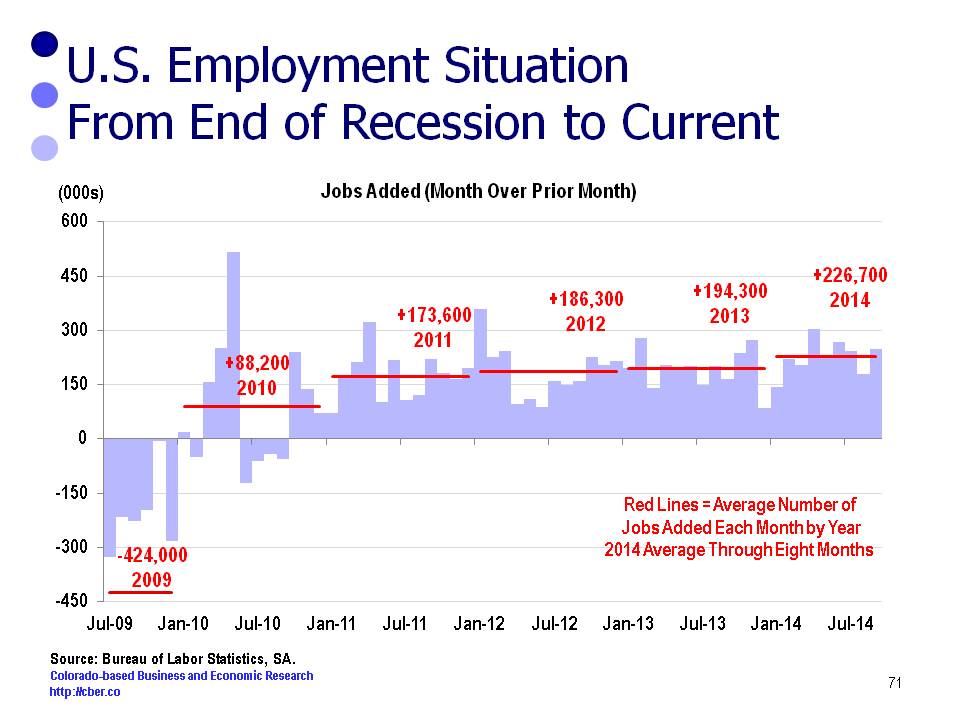It is questionable whether the wage and salary data produced by the Bureau of Labor Statistics reflects what is happening on the streets of Colorado. With that in mind, the following paragraphs tell the story of the Colorado economy based on the headlines.
The Headlines
Comments made by Mark Snead
The former director of the Denver Branch of the Kansas City Fed has said that the Tier I energy states are on the verge of recession. To date, the economies in Tier II states have been much stronger and job gains in other industries have more than offset job losses in the energy sector.
On a different note, Snead posted in a blog post saying that” the current expansion is getting to be a bit long in the tooth.” It is 74 months and running.
Government
Governments are optimistic given the following actions:
• Boulder has approved their 2016 budget which includes the addition of 48 employees.
• Governor Hickenlooper has promised $100 million to make Colorado the “best state for biking.”
• The U.S. Treasury CDFI fund has given a $2 million grant to The Colorado Enterprise Fund to support local small businesses.
• The state approved $12.8 million in tax credits for two companies that might result in 1,600 jobs. These companies are in the health care and energy solutions industries.
• Loveland city council will discuss a proposal to provide high-tech manufacturing consulting and training organization EWI with $2 million in funding to open a facility at the Rocky Mountain Center for Innovation and Technology.
• In an uncharacteristic move, the state rejected a proposal for tax credits for a Colorado company that would increase health care employment by 1,418 jobs. The justification was the state did not have the workers to fill the jobs and would have to import them.
Aerospace
Aerospace is one of Colorado’s targeted high tech industries, yet it is in a state of flux with increased involvement from the private sector. The impact of some of the changes remains to be seen.
• Lockheed Martin could lay off 500 IT workers (nationally).
• Aeroject Rocketdyne made an unsolicited bid of $2 billion for United Launch Alliance.
• Jeff Bezos announces Cape Canaveral as the base for his commercial aerospace program.
Retail
The budgets for many cities rely heavily on taxes generated from retail trade sales. Nationally some retail chains are struggling. At the moment that appears to be an issue with the companies, not the industry.
• Best Buy in Broomfield has announced it is closing on October 31.
• A January restructuring caused Macy’s to shutter 14 stores and it recently announced it will close an additional 35 to 40 stores in early 2016. The company runs 770 Macy’s stores and has closed 52 locations over the last five years while opening 12. It is not known if Colorado stores will be closed.
Technology
Colorado has always prided itself for its technology clusters.
• Hewlett-Packard has announced worldwide cuts of 25,000 to 30,000. There is uncertainty whether this will negatively impact Colorado or benefit it if consolidation brings workers to the state.
• Level 3 has announced a round of layoffs associated with the company’s merger with TW Telecomm that took place last fall. The location and number of these workers has not been announced.
• Seagate will layoff 70 workers in Longmont
• Astra Zeneca bought the Boulder Amgen facility and may add 400 jobs.
Construction
Some construction leaders are clamoring that the growth of the industry and the economy may not reach its potential in part because of the lack of trained workers. The lack of a trained workforce has occurred despite solid growth in wages. At the same time, non-seasonally adjusted construction spending is at its highest level since May 2008.
Energy
Synergy Resources paid $78 million to K.P. Kaufman for assets in the Wattenberg Field. After record oil production in May, June production dropped off slightly.
Time will tell whether the Bureau of Labor Statistics or the headlines are correct.
